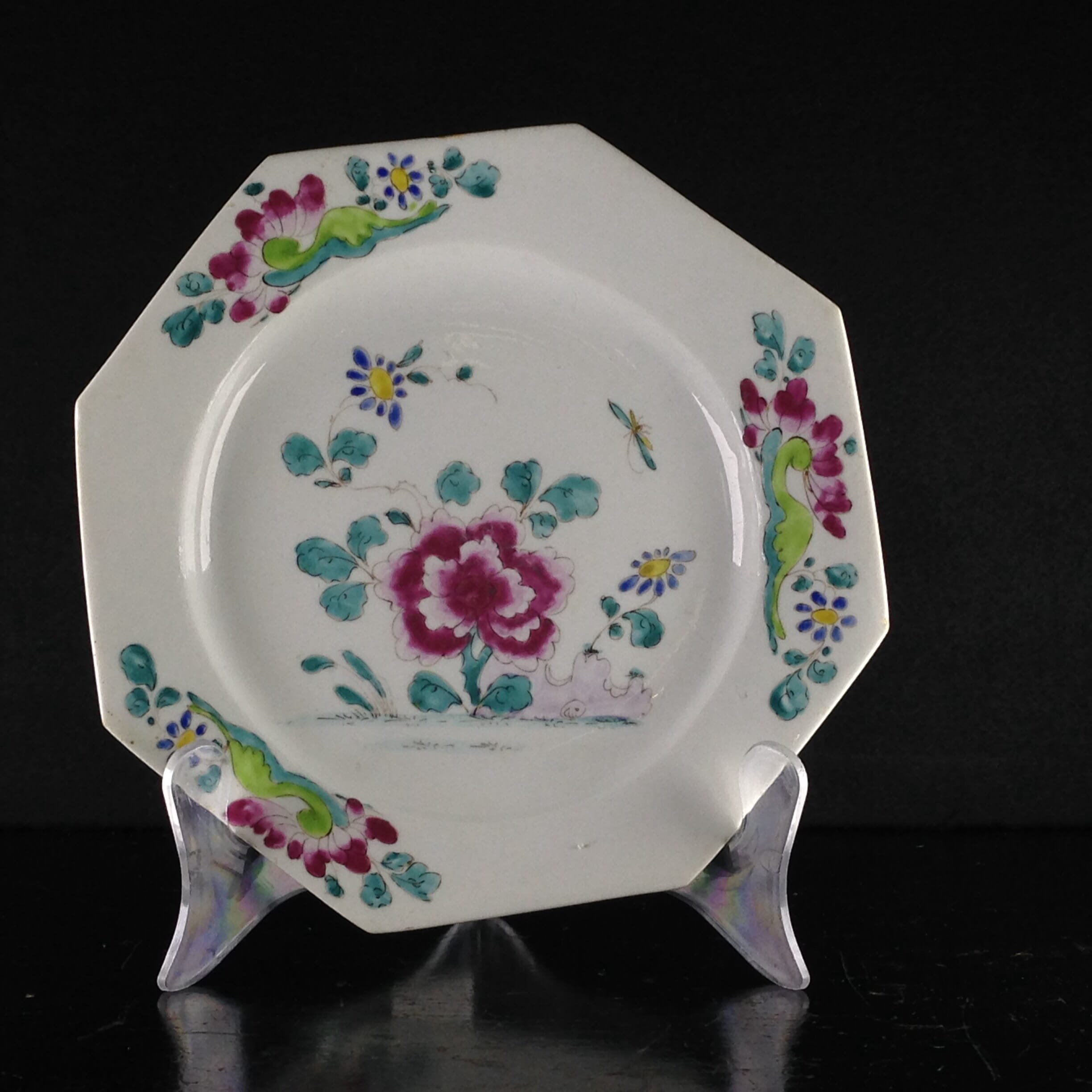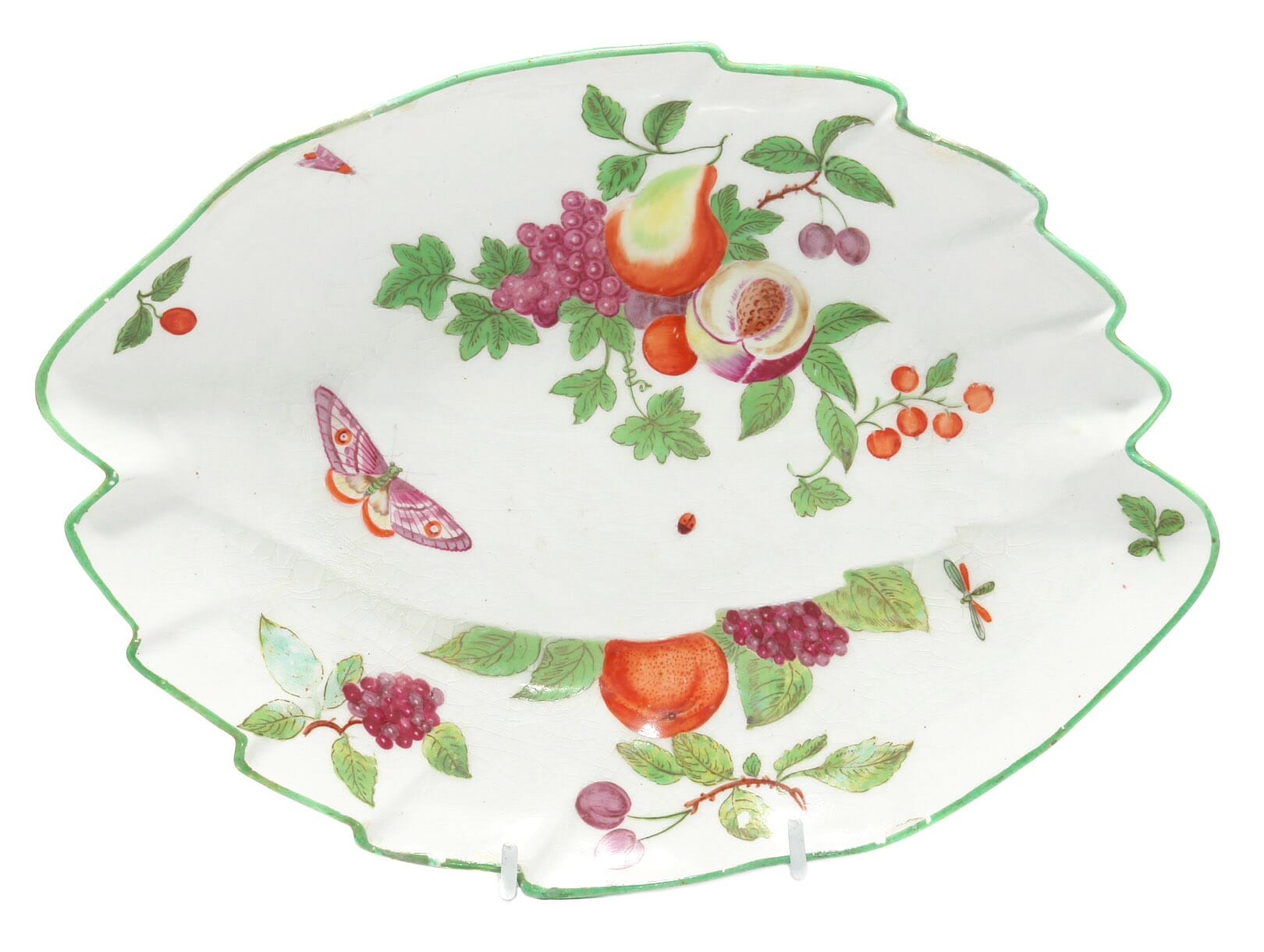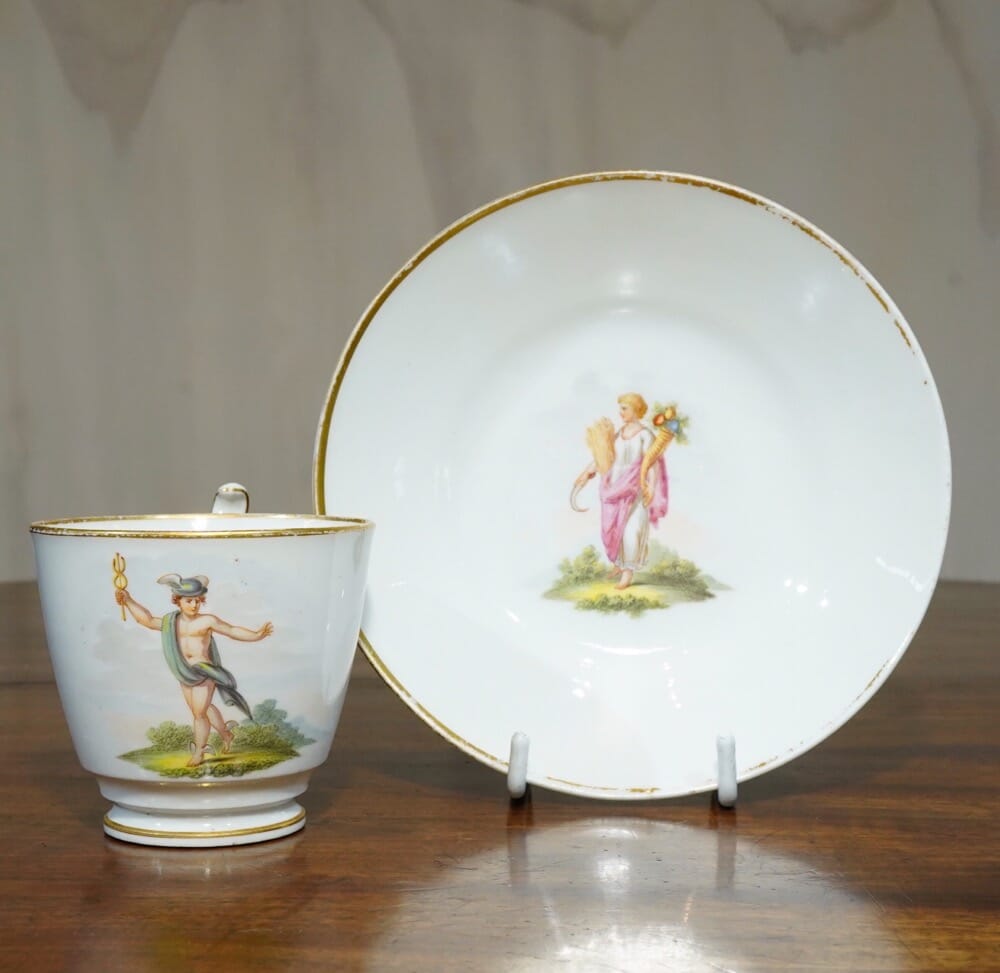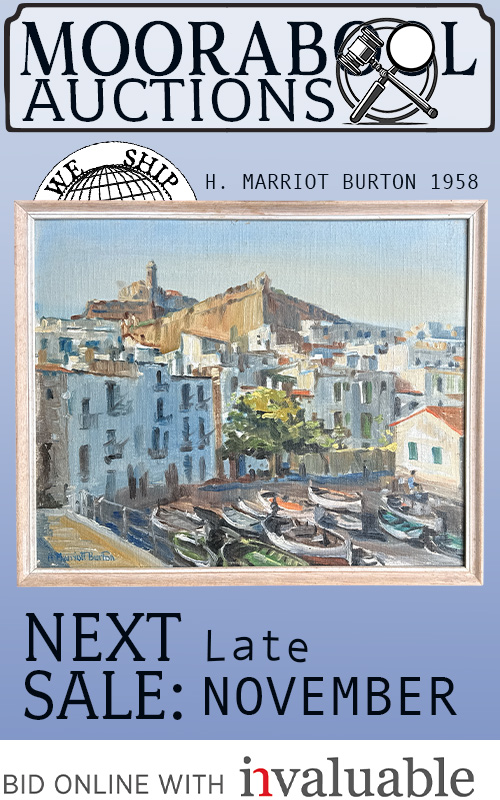‘Eden Holmes’ Australian Clippership, oil on card, c. 1900
Sold
The ‘Eden Holme’ on calm seas,
oil on artist’s board,
artist unknown.
Circa 1900
Original condition with some very small touch-ups; corners are worn; two pierced ‘mounting holes’ halfway up at edges used to secure the piece with tacks.
work 25×30.5cm
The Eden Holme was a 3-mast barque with iron plate hull, built in Sunderland in 1875. It has the distinction of being the last commercial cargo ship which had a regular schedule between Tasmania and Britain.
She was one of a small fleet run by the Hine Brothers of Liverpool/Maryport, and used to race the lucrative wool clip from Australia to the wooden mills of the Midlands. This ‘clipper ship race’ was a place were legends were made, and was driven by simple economics: the first to arrive with a cargo of in-demand wool would receive the best price.
Hine Brothers was founded in 1874, securing 16 ships in its first 5 years. There were 6 vessels with ‘Holm’ as their second name, and the company had the habit of buying new, or nearly new ships, rather than buying cheaper but less reliable ships that would cost more in maintenance in the long-run. This should have ensured their success, but the Hine Brothers had rather bad luck with their ships, losing 9 ships before they closed down in 1913. By 1900, the clipper ship routes had been replaced by more reliable screw-powered ships, and their vessels were used for more general trading. The Eden Holme was on a Tasmanian voyage, transporting a ‘general’ cargo from Hobart to Launceston when it ran out of luck.After loading cargo in Hobart, the Eden Holme made its way up to the mouth of the Tamar River, up which lies its destination, Launceston. They arrived off Tamar Heads at about 11 pm on the 6th, and hove-to to await daylight and the arrival of the pilot, who came onboard the next morning at 8.10 am. The tug Wybia was expected to arrive at about 1 pm to tow the barque up the river, but the pilot made the decision to enter the heads, then changed his mind and headed out again with the intention of dropping anchor to await the tug. However, when just west of Hebe Reef the wind died away and Eden Holme began to drift eastwards with the current. Although all on board expected the vessel would drift well clear of the Hebe Reef, it struck a sunken outcrop on the northern end of the reef, then swung around and held fast.
A survey on the following day revealed that the vessel lay with its hull from fore to mizzen masts lying on boulders, both ends being unsupported, and had strained badly with the decks starting to open up.
Over the next few days, vessels were able to come alongside and a large amount of the cargo was recovered, much of it quite undamaged. There were sight-seeing cruises from Launceston to those who wanted to gape at the tragedy – complete with brass-band for entertainment. The wreck was sold at auction to J.G. Aikman of Melbourne for £265 on 16 January. Aikman also organised the recovery of large quantities of cargo and the ship’s fittings. There were regular auctions of salvage including one on 17 January that realised about £950 and another on 5 March that realised about £1,300. A diver was also brought to investigate the possibility of refloating Eden Holme, but on the 20th a gale developed during which the vessel broke in two, slipped off the reef and sank.No other paintings of the Eden Holme apparent.
See more photos & read all about this interesting piece of Australian Maritime History here>>
| Condition | |
|---|---|
| Size | |
| References |
Sold - let us find you another










